
At this time last week, I would never have imagined that a unique turn of events would lead me down a path to Italy. But here I was, camera in tow on a 5am train ride from Geneva to Florence. A firm believer in taking opportunities when life presents them, I didn’t hesitate in accepting when life offered a spot at the Healing Sessions yoga retreat in the Tuscan countryside on a silver platter.



“I’m in Italian driving mode,” said Donna, founder of Emergency Yoga, as she zipped through the hilly landscape. Hailing from Australia’s sunshine coast, Donna spent her childhood traveling the country with her parents and two siblings in a bench seat Ford, transferring to six different schools in a span of 12 years. The unsettling movement of change did not falter her, in fact, she seemed to bask in it.
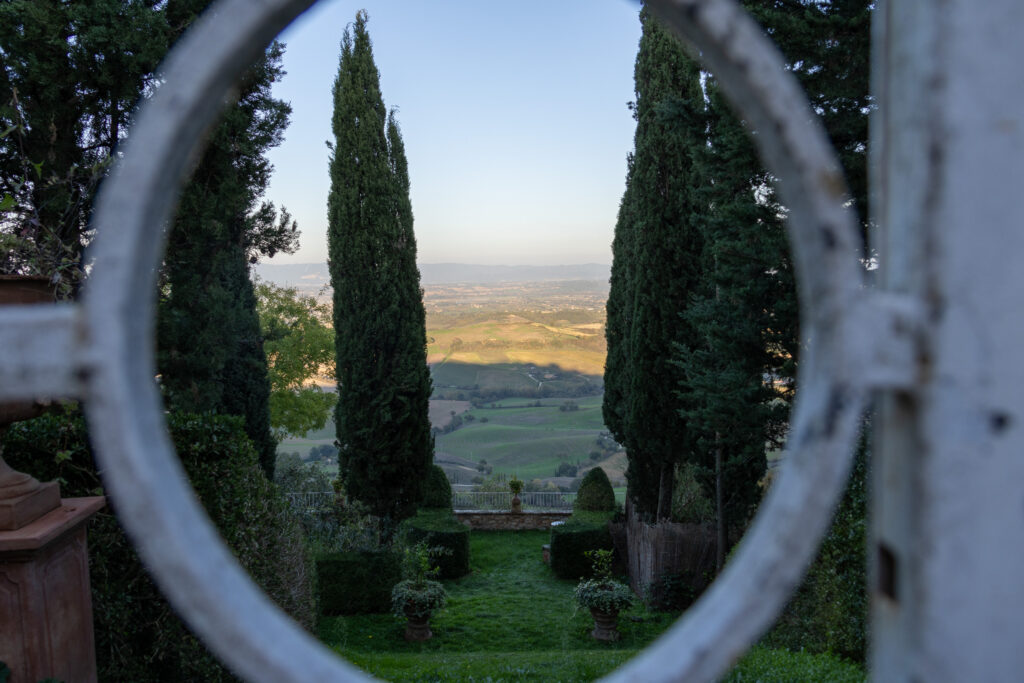
In 2008 Donna worked as a humanitarian in Palestine, with regular travel from Ramallah to Gaza. With high security restraints, she was allowed to spend a weekend outside of the West Bank every six weeks. These were opportunities for her to go to a small booth in Tel Aviv and purchase outdated copies of Yoga Journal, which she would then take back to her shared house in Ramallah and follow the instructions on various poses. “This and meditation were my sanity at that time,” she said.
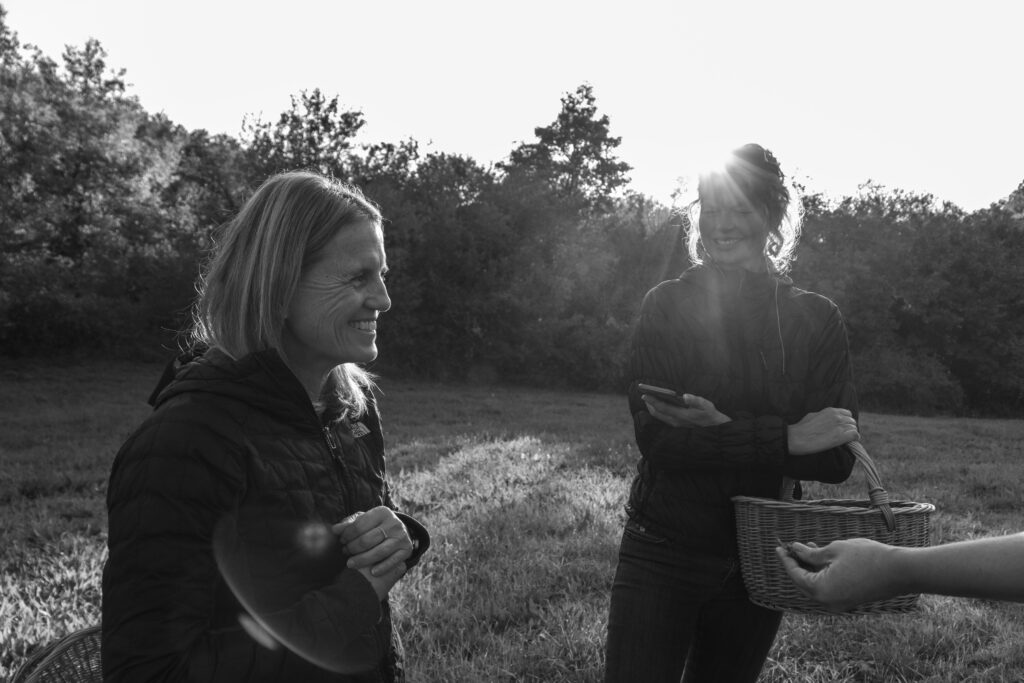
Before Operation Cast Lead began in Gaza (2008-2009), Donna was asked to conduct yoga classes in Israeli prisons, a request that had come from Palestinian detainees. At the time, she didn’t feel qualified to teach, however the request spurred the idea of making yoga accessible to those living in difficult circumstances or places. “How could you access yoga if you didn’t have a studio or money?” she asked.
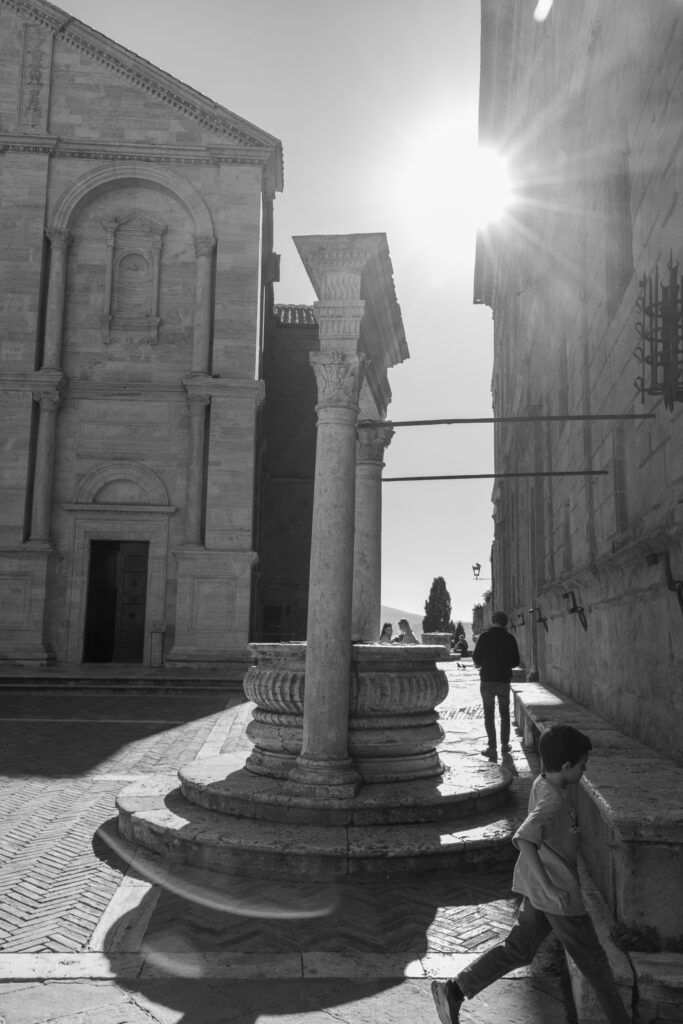
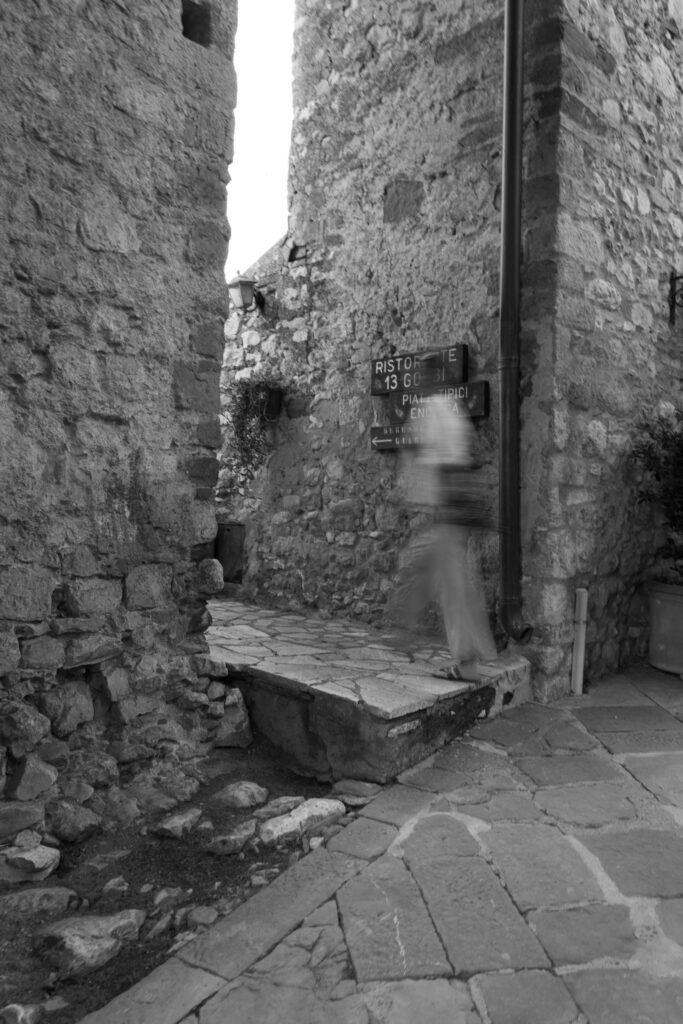
Following her mission in Palestine, Donna decided to complete her yoga teacher training, and launched Emergency Yoga as a free online platform. She invited her online community to share their requests from the field and tailored her courses to students’ unique needs. Such topics included “how to unwind your hips after spending a day in a Landcruiser,” and “how to destress before meeting the military”. As Emergency Yoga evolved, Donna began opening the classes to a wider public, including luxury retreats to escape the busyness of everyday calamities, noting that everyone is a human-itarian.
“If every human had the ability to feel safe and loved and in awe of life and healed over and over again, wouldn’t the world be an incredible and far more peaceful place?”
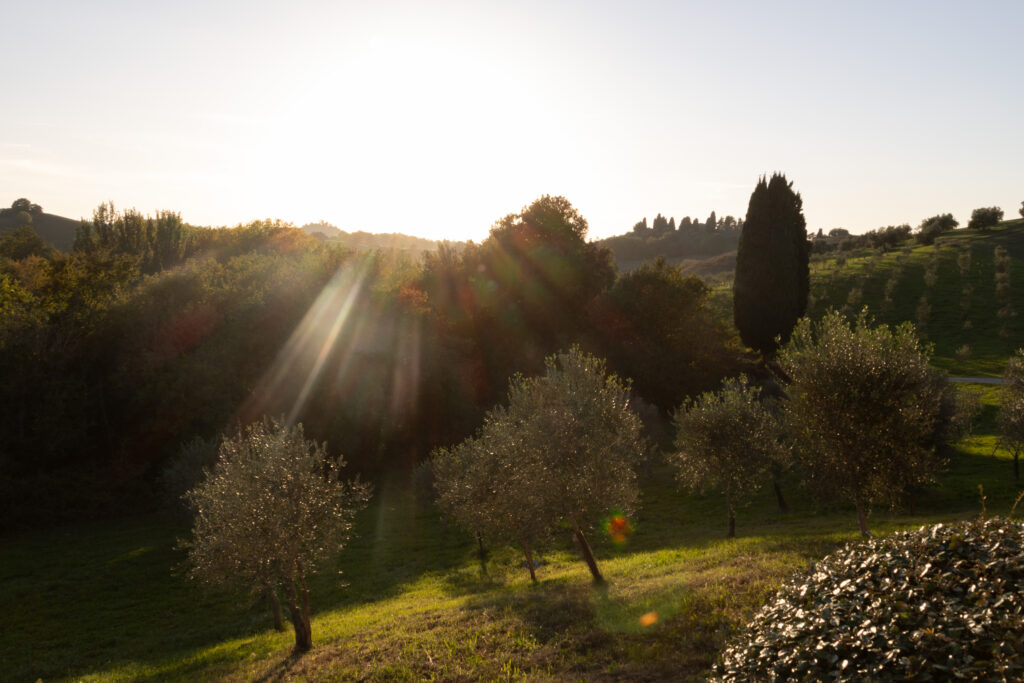
Abruptly we turned into a gravel path leading to an entrance marked by two cypress trees that seemed to tower over us like mythical giants.
“These trees must have been here 300 years. They are the guardians of the property. When you look at them you get the sense that we are nothing,” said Antonella Notari Vischer, former spokesperson of the International Committee of the Red Cross (ICRC) and owner of Podere Trafonti, an organic farm stay host to creative retreats for artists and yogis alike.
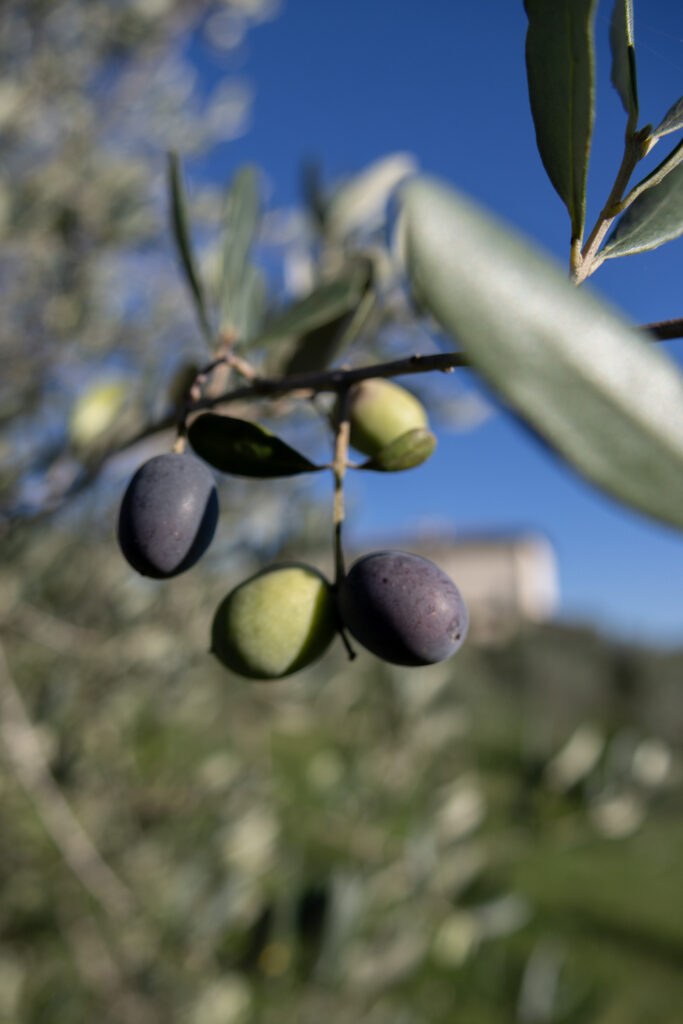

Podere Trafonti was once home to a family of farmers working under a legal arrangement permitting use of the land in exchange of crops to the landowner, a system known as Mezzadria, or sharecropping, that was outlawed in Italy in the 1960s. The family had since moved to nearby cities, following dreams of salaried employment, retirement benefits and running water.
In 2011 Antonella and her husband found the property in ruins. Through the crumbled brick was what seemed an enchanted forest rich in wild garlic, carrots, sage, and mushrooms. From the hilltop lay a view overlooking the vast Val d’Orcia countryside dotted with golden vineyards of Sangiovese, a red wine Italian grape, and nearby medieval villages of Montalcino, Montepulciano and Pienza. Antonella was smitten.
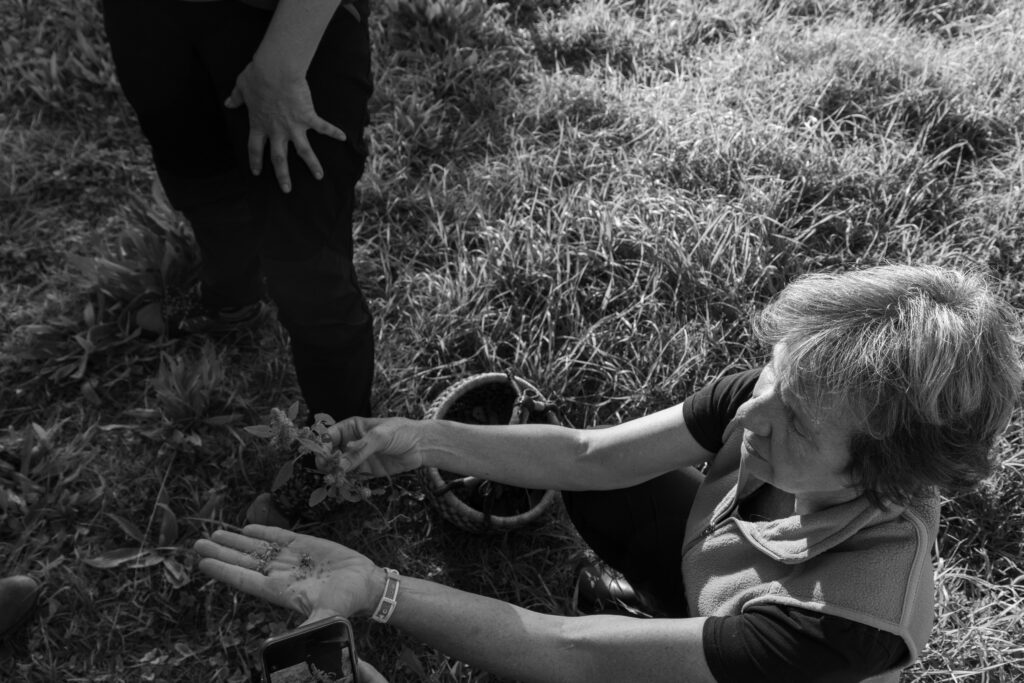
Moderately interested in a healthy lifestyle and lacking practical farming experience, the couple embarked on a new path, that of agritourism. Antonella began taking permaculture courses and obtained her tractor license.
“My friends asked me if I bought a matching handbag,” the Swiss native chuckled when reflecting on finding her first tractor.
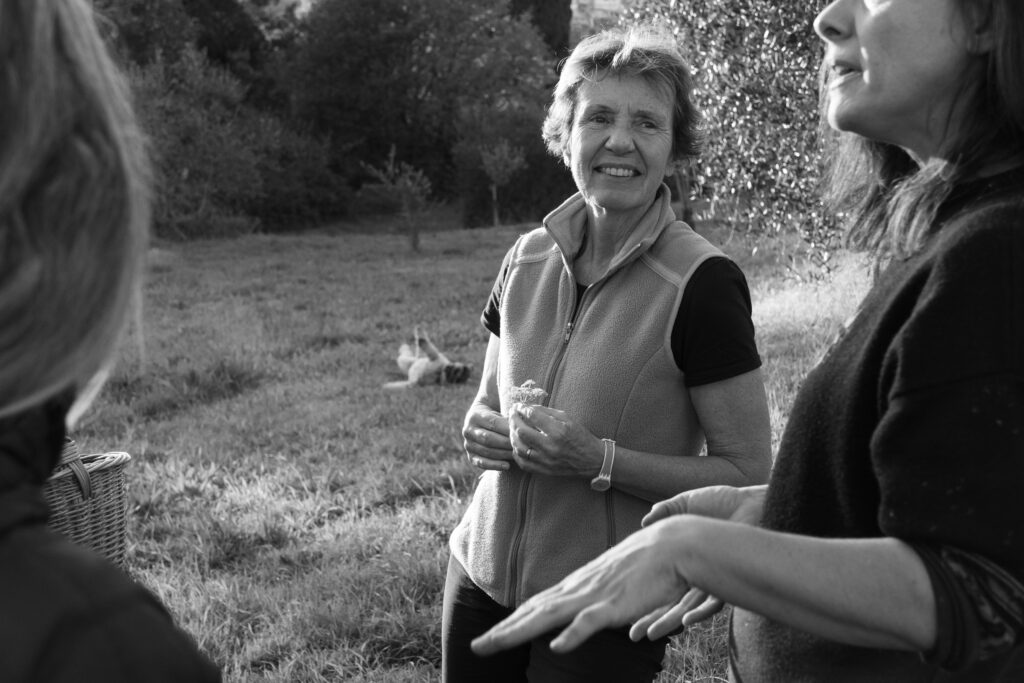
Adhering to agritourism in Tuscany requires that practitioners spend more than half of their time cultivating and less than half of the time on hospitality. The overarching objective is to promote sustainable living and local produce. While all food may not necessarily be grown in Tuscany, such as exotic fruits or coffee, agritourism regulations require that all products be transformed in the region.
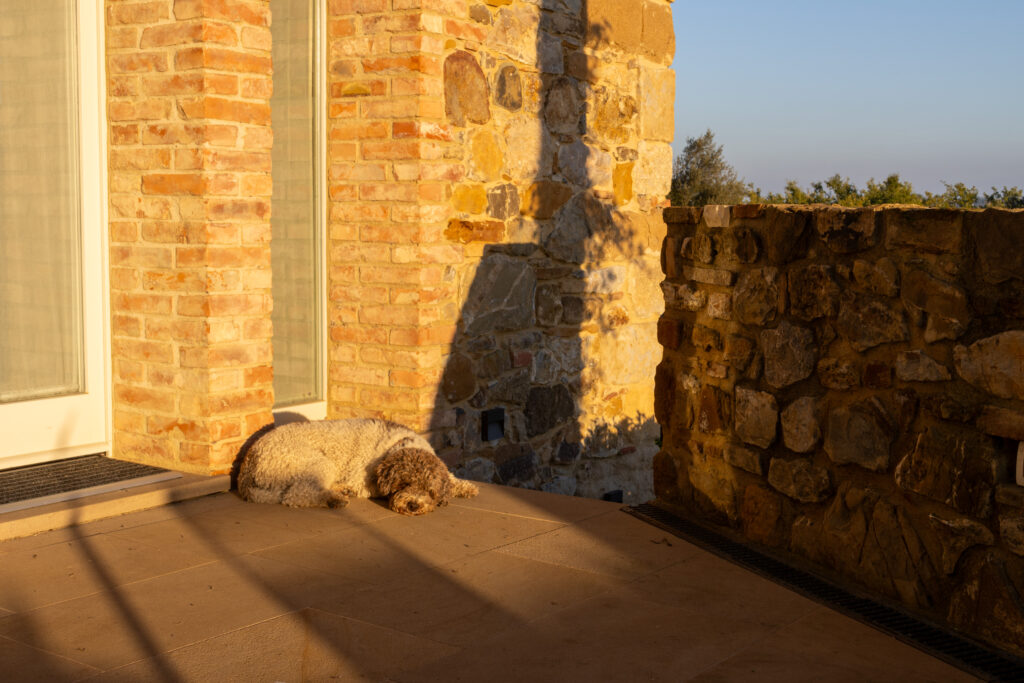
A wooly Lagotto Romagnolo, a dog breed famously known for its truffle-hunting abilities, greets us as we pull up to Poderi Trafonti. The domain is surrounded by 900 olive trees, freshly harvested in late October. The olives, taken to the local mill and pressed into oil only two days prior to our arrival, is drizzled on crispy Italian bread. The oil packs a punch, unlike what we buy in store, leaving a peppery taste on the tongue.
“All food has a story,” Antonella says while opening a bottle of red wine produced from her neighbor’s vineyard, “Just like all wine has its story.”
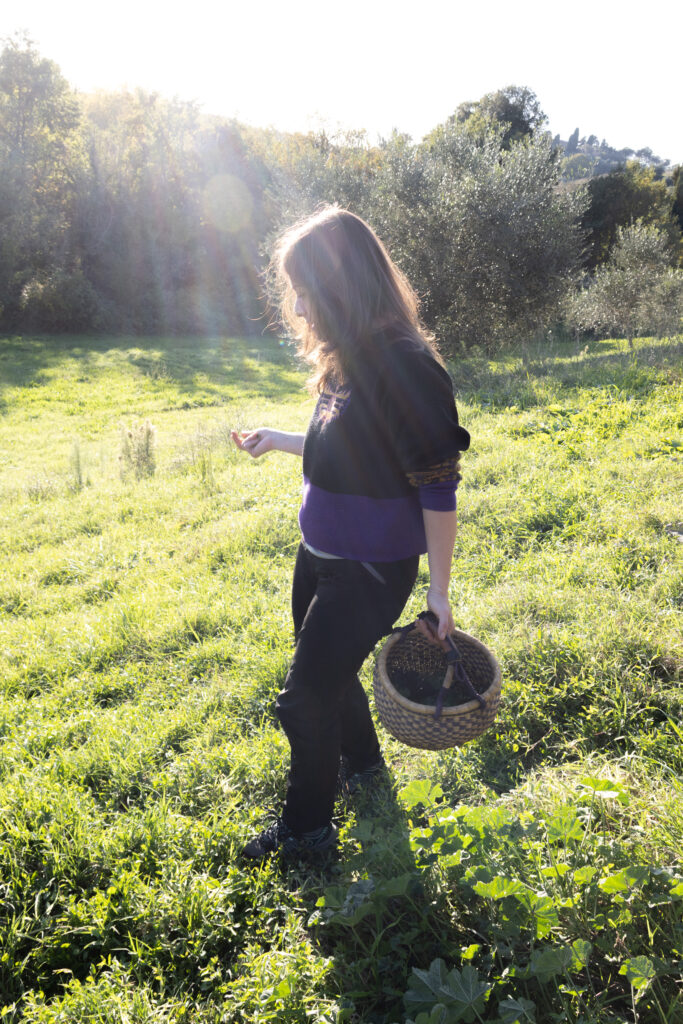

Since arriving in Tuscany, the Swiss couple has developed strong ties to local producers and restaurants. One such connection is with Caterina Cardia, a mycologist and botanical guide for nearby chefs looking to enhance their dishes. Catarina began foraging in Tuscan forests for herbs with her grandmother as a child. As an adult, she craved a fresh salad her grandmother made from wildflowers and herbs, something that she would need to scavenge for in the wild herself to replicate its unique flavors.
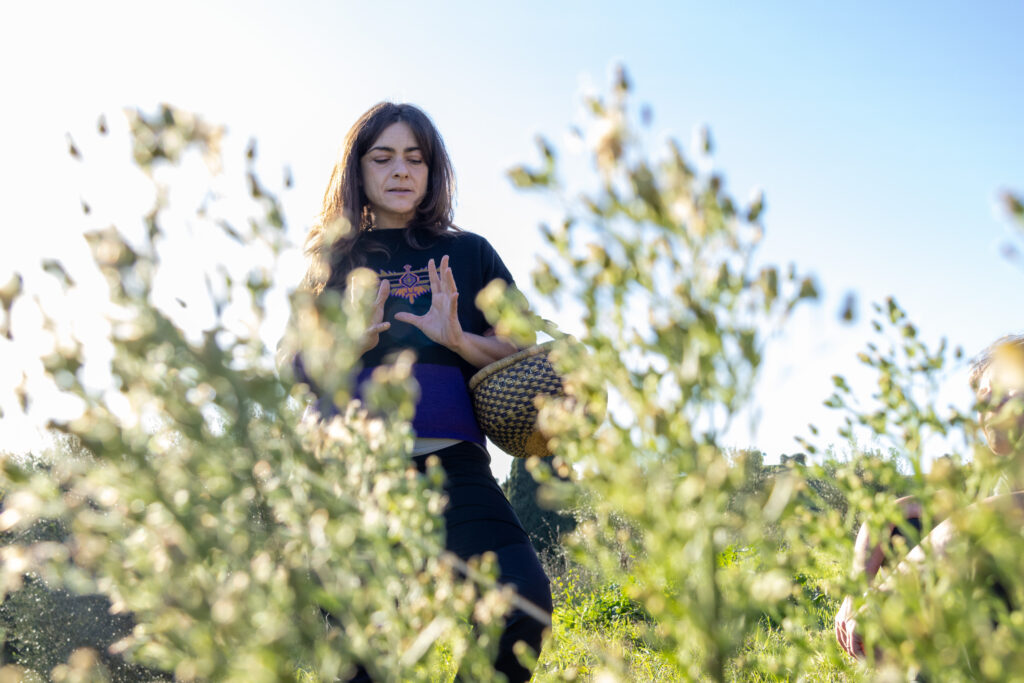
Catarina, also known as @Kate_And_The_Bad_Seeds on her social media channels, leads us through a field to collect fresh ingredients for dinner. She explains that an odd number of petals on a flower signifies toxicity, as well as flowers with long stems. Squared stems and circular ones are okay to nibble on but may taste bitter. Mushrooms smooth to the touch should also be avoided. To the left of us is a plant that farmers use to heal bee stings and open wounds, while to the right is a conium maculatum, the same plant that was used to poison Socrates. After a mishap in her childhood of confusing one plant for another, leading only to a minor stomachache, Catarina emphasizes the importance of always waiting until flowers bloom before tasting.
“She really is a forest fairy,” Antonella says of Catarina. “I spend an hour with her in the forest and when I come out, I see the world in an entirely different way.”
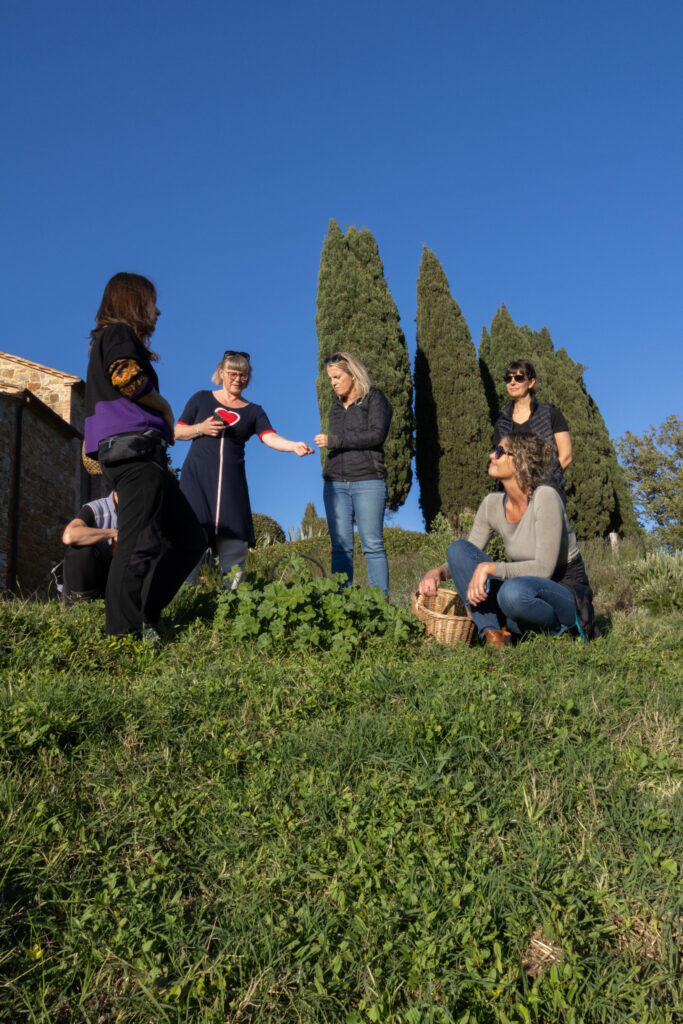

The concept of food played a fundamental role in the Healing Sessions retreat. Besides sessions of yoga and meditation both morning and early evening, Donna introduced Ayurveda, a holistic system of medicine with strong ties to Hinduism that has been practiced in India for nearly 5,000 years[1]. The term derives from the Sanskrit words of ayur (life) and veda (science or knowledge), directly translating to “knowledge of life”. According to the World Health Organization (WHO) Global report on traditional and complementary medicine 2019, 88% of WHO Member States acknowledge use of traditional medicine in health care. Widely practiced in India, Bangladesh, Sri Lanka, and Nepal, Ayurveda is also popular with celebrities such as royals King Charles III and Queen Camilla, as recently spotted at the Soukya international holistic health centre.

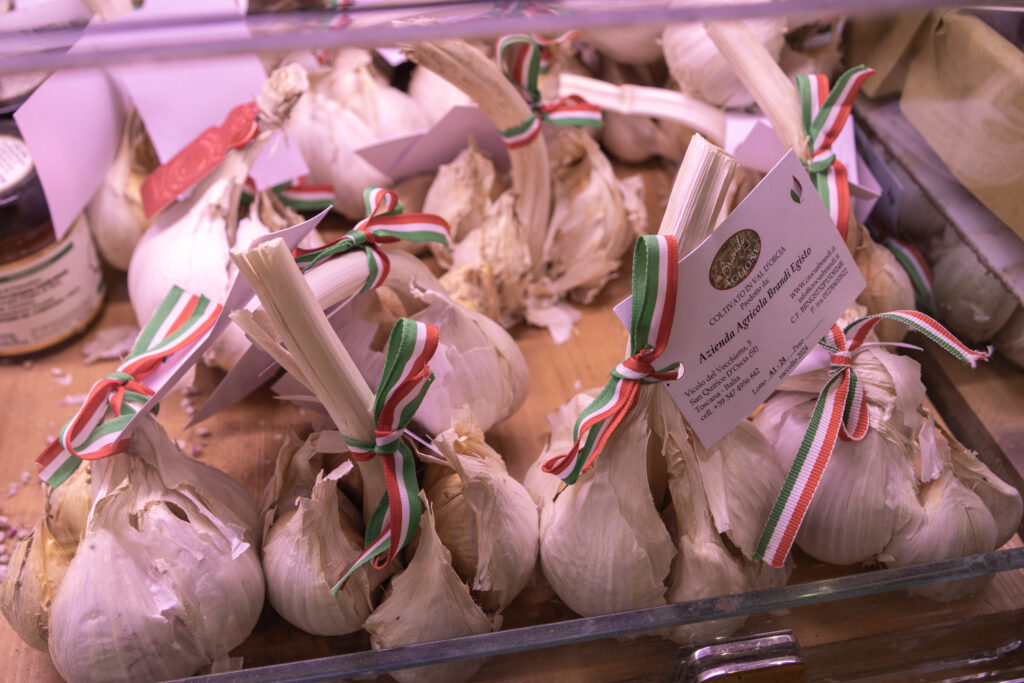
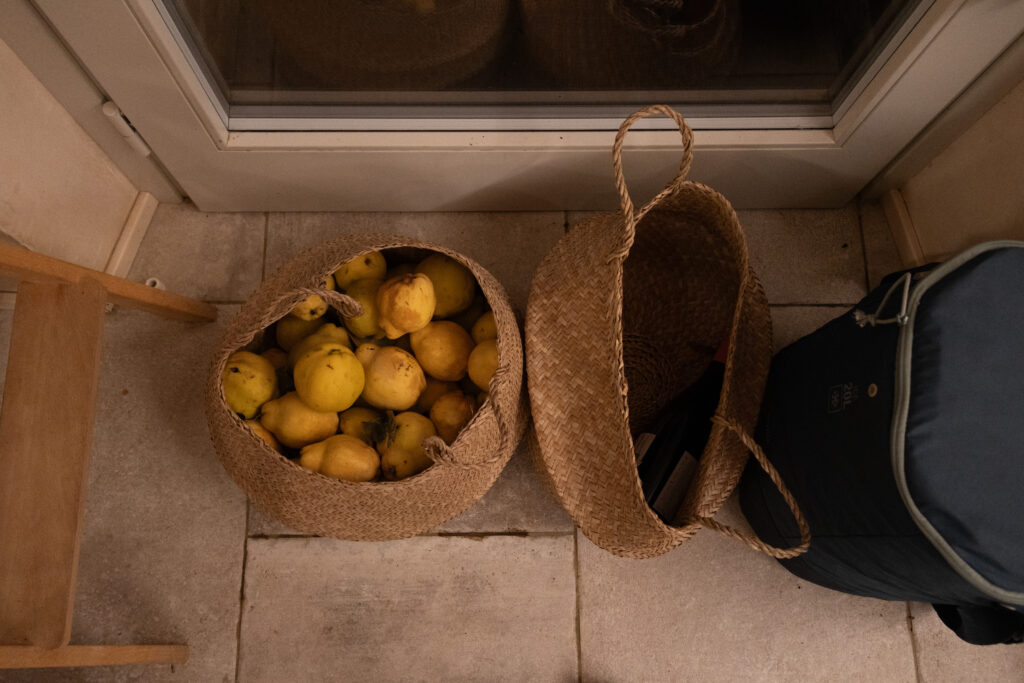

The principals of Ayurveda uphold food in the highest regard. Eating is sacred, allowing the body, mind, and spirit to be fully nourished and balanced. Practitioners of Ayurveda believe that all of humanity is made up of a unique combination of five basic elements: space, air, fire, water, and earth. These components are uniquely combined to form a dominant or a combination of one of three doshas, known as vata, pitta, or kapha, which are present throughout the body and responsible for both physical and psychological aspects of our being. The practice of Ayurveda aims to balance the three doshas through diet and lifestyle choices. When taking this quiz, I found that my dosha was a combination of pitta – vata. Pitta, with a primary element of fire, is said to control digestion and metabolism. Those with a strong pitta dosha are advised to avoid spicy foods and hot climates. Vata, element of air, is strongly linked to the nervous system. While pitta personalities are said to be strong, athletic, and courageous, vatta types are seen as creative yet anxious. Could my doshas explain my scattered thought patterns and cold hands?

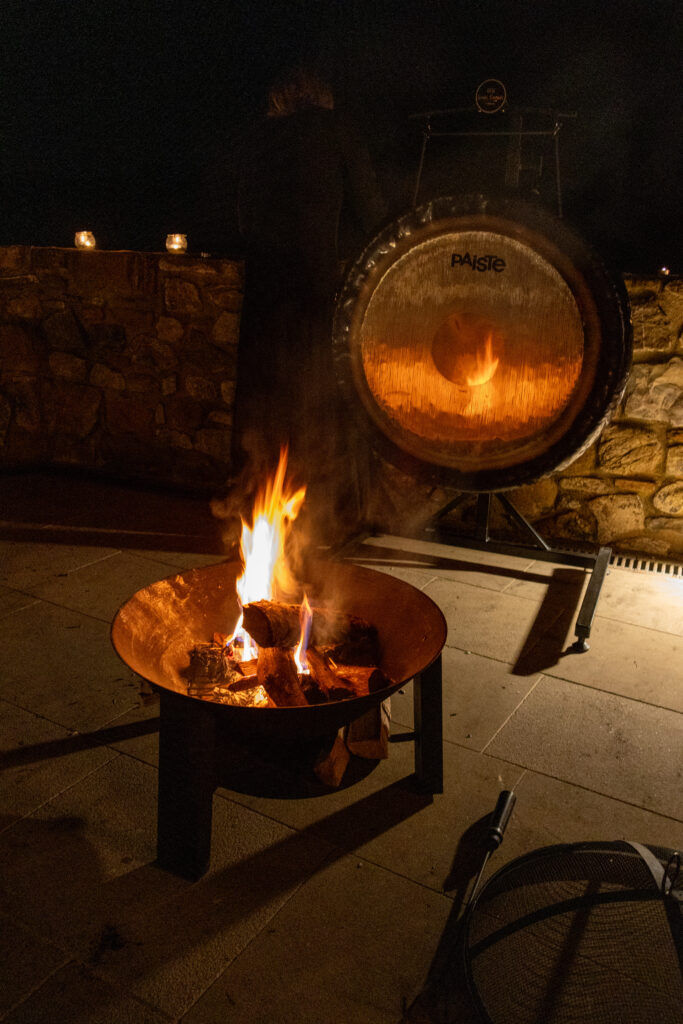
As the retreat came to a close, Donna shared that self-care is deeper than rose petal bubble baths and manicures, referring to the act of filling ourselves up as soul care. When we fill ourselves up, we can best give back to our communities. Nourishing ourselves is an act of service, for everyone and everything we love.
“You were put on this earth to make a difference, and the world needs you in tip top shape.”
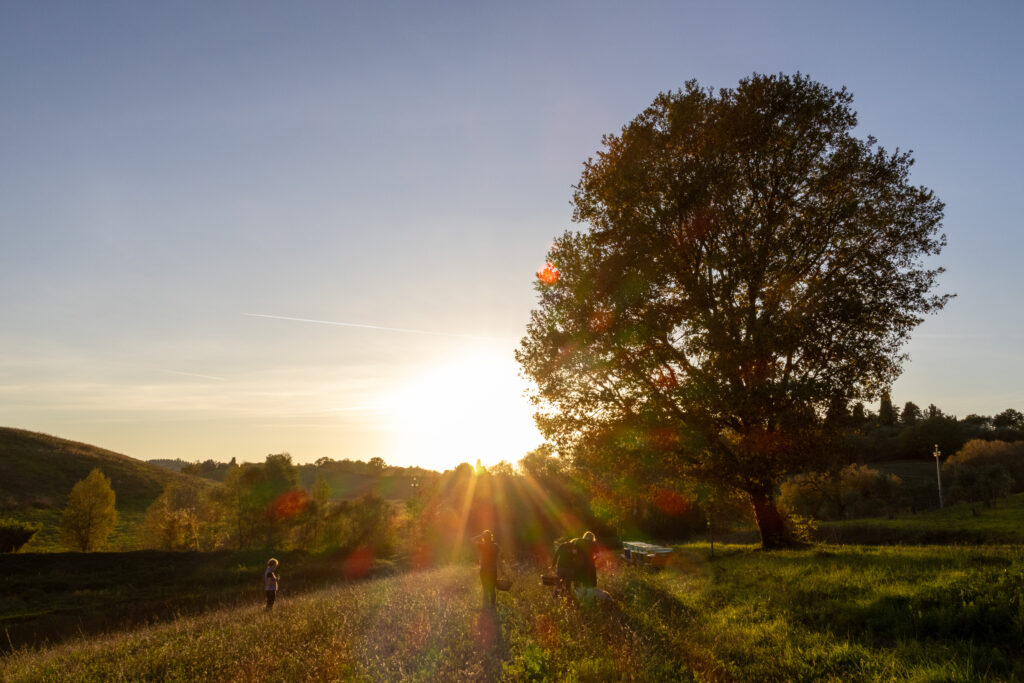
[1] Bhowmick, N. (2021, June 2). Indian doctors protest herbal treatments being touted for COVID-19. Science. https://www.nationalgeographic.com/science/article/indian-doctors-protest-herbal-treatments-being-touted-for-covid-19

I love this article!
Beautifully written!
Thank you so much Ruth! That means so much coming from a real journalist!